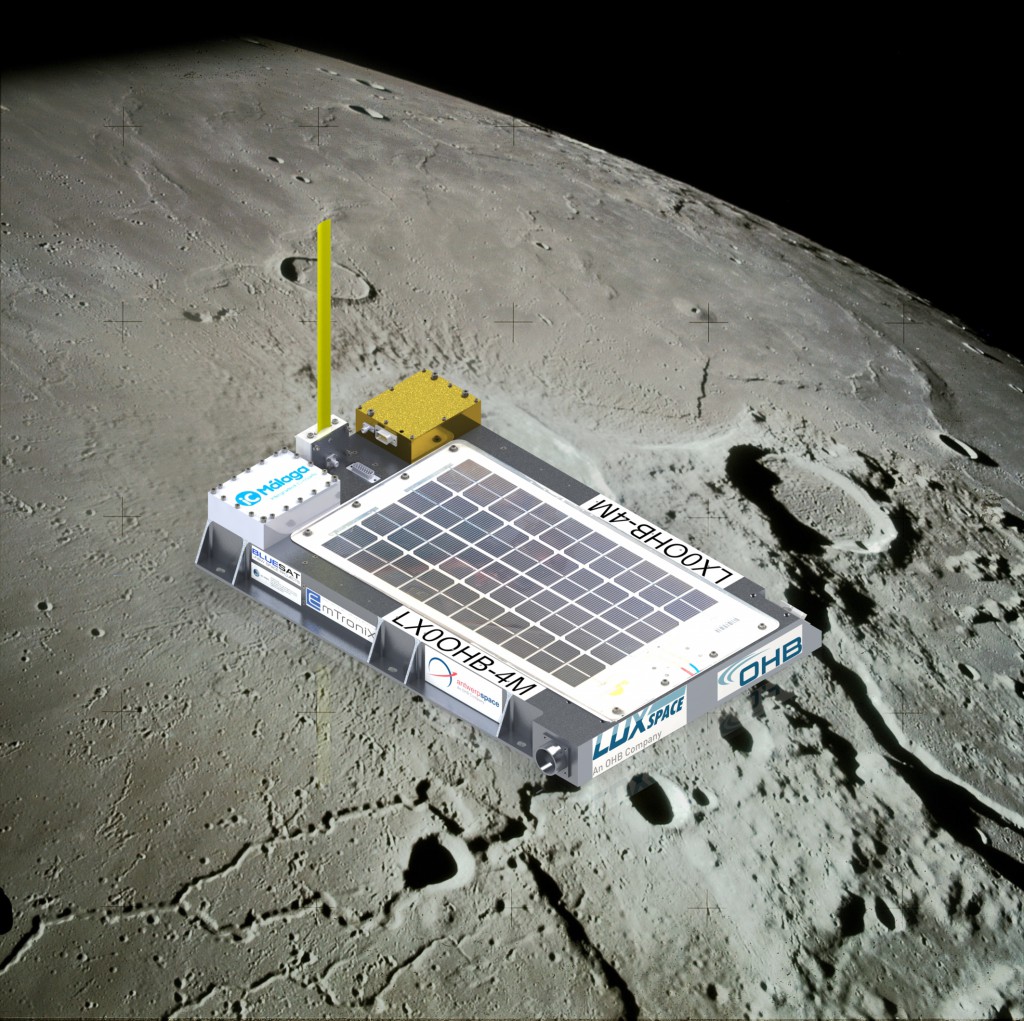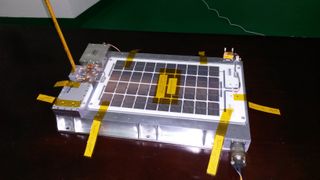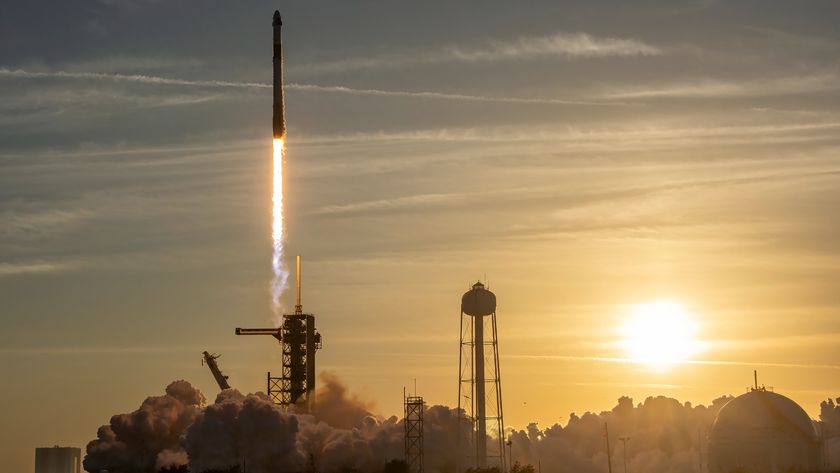
The first privately funded mission to the moon is scheduled to blast off Thursday (Oct. 23), hitching a ride on a Chinese Long March rocket.
The 4M mission, a project developed by Luxembourg-based company LuxSpace, will piggyback on a Chinese moon flyby unofficially dubbed Chang'e 5-T1, which aims to test out technology for a future lunar sample-return mission. Liftoff is set for 1:59 p.m. EDT (1759 GMT) Thursday from China's Xichang Satellite Launch Center.
If all goes according to plan, the Chang'e 5-T1 spacecraft will zoom around the moon and back toward Earth, ultimately sending a test capsule barreling into our planet's atmosphere on Oct. 31. The main purpose is to try out tech that could get moon dirt and rocks to Earth — the goal of China's Chang'e 5 mission, currently slated to blast off in 2017. [Greatest Moon Missions of All Time]
The 31-pound (14 kilograms) 4M payload is attached to the Long March's upper stage, which will also perform a close lunar flyby and return to Earth's neighborhood. 4M will transmit signals continuously during its space journey, and LuxSpace hopes amateur radio operators around the world will listen in. Indeed, the company will offer prizes to people who participate.
"One of our objectives is to increase [the] public’s interest in space exploration and space," LuxSpace system engineer Hubert Moser told Space.com via email. "We also want to promote our way to do space missions in general — the microsatellite approach."

The data collected by radio amateurs could also help demonstrate and develop a crowd-based approach to spacecraft tracking and navigation, Moser said. Further, 4M is equipped with a tiny dosimeter, provided by Spanish company iC-Málaga, which will record radiation levels during the mini-probe's mission.
All of this will be done on the cheap.
Get the Space.com Newsletter
Breaking space news, the latest updates on rocket launches, skywatching events and more!
"The costs for the entire mission are in the six figures," Moser said.
4M is an homage to Manfred Fuchs, the founder of LuxSpace's parent company OHB, who died in April at the age of 75. (4M stands for "Manfred Memorial Moon Mission.")
While the Chang'e 5-T1 capsule will land back on Earth, 4M and the Long March upper stage will likely end up in a long, looping orbit around our planet, LuxSpace representatives said. 4M's nominal mission life is about 8 days, but the payload may keep operating for longer than that.
"The secondary power supply of 4M comprises solar cells and would extend the mission life to keep 4M operational in an orbital region where few spacecraft have been before," Moser said. "Nevertheless, this secondary power supply (therefore, life of 4M) depends strongly on the attitude of the last stage of the launcher, i.e. the availability of sunlight."
To learn more about the 4M mission, and how you can participate, go to http://moon.luxspace.lu.
Follow Mike Wall on Twitter @michaeldwall and Google+. Follow us @Spacedotcom, Facebook or Google+. Originally published on Space.com.
Join our Space Forums to keep talking space on the latest missions, night sky and more! And if you have a news tip, correction or comment, let us know at: community@space.com.

Michael Wall is a Senior Space Writer with Space.com and joined the team in 2010. He primarily covers exoplanets, spaceflight and military space, but has been known to dabble in the space art beat. His book about the search for alien life, "Out There," was published on Nov. 13, 2018. Before becoming a science writer, Michael worked as a herpetologist and wildlife biologist. He has a Ph.D. in evolutionary biology from the University of Sydney, Australia, a bachelor's degree from the University of Arizona, and a graduate certificate in science writing from the University of California, Santa Cruz. To find out what his latest project is, you can follow Michael on Twitter.









